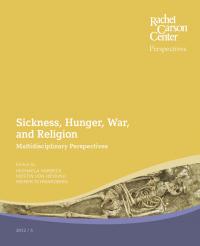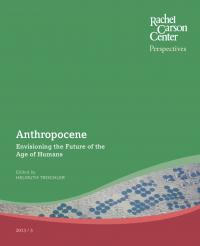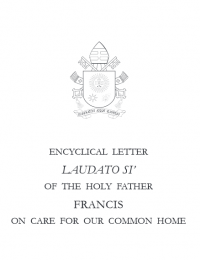In the Danube Gorges that lie between Serbia and Romania, several archeological sites critical for the understanding of the transitions between the Mesolithic and Neolithic in southeastern Europe have been discovered. In particular, several preserved burial sites, containing around 500 individual skeletal remains, offer a unique opportunity to examine the life- and deathways of these communities. Through an analysis of skeletal remains and patterns of interment, this paper discusses questions of local versus non-local identities, as well as changes in diet throughout the Neolithization. One site in particular, Lepenski Vir, is the basis for research into the paleopathology of local populations.






